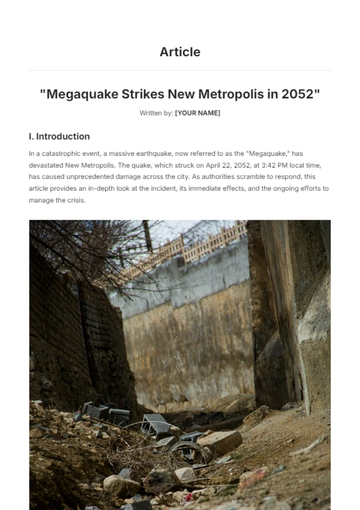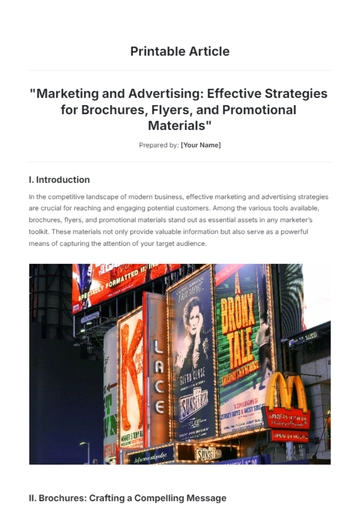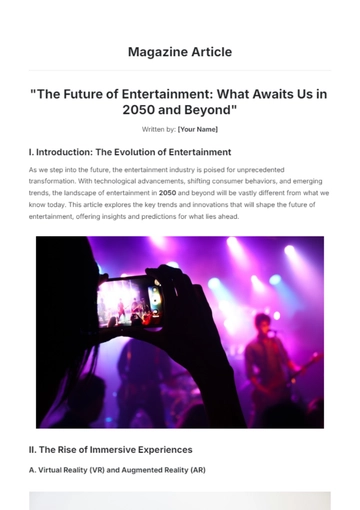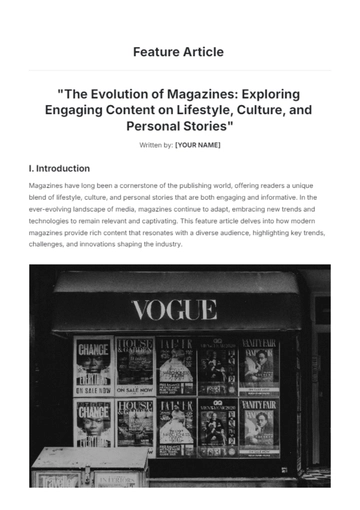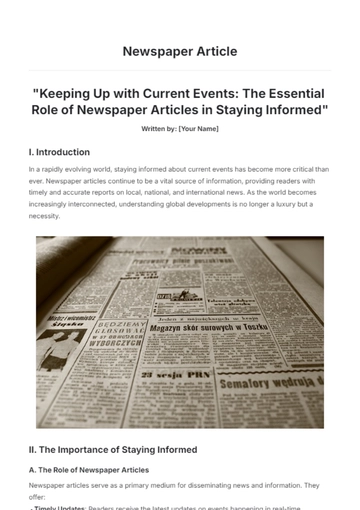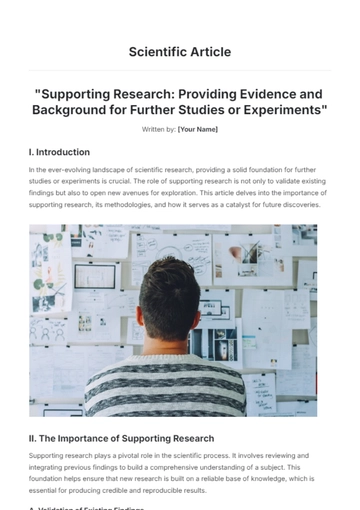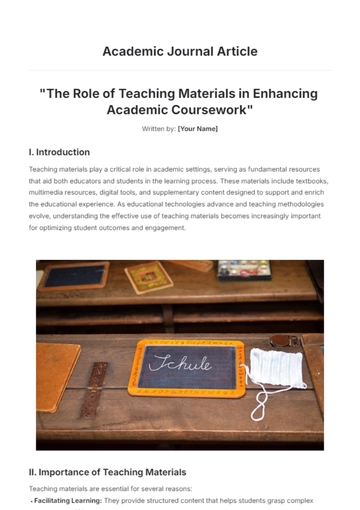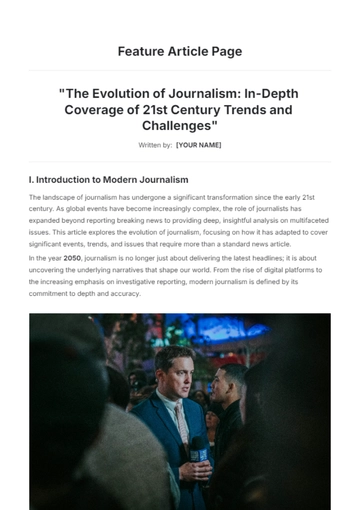Free Creative Journal Article Writing

Title: | Urban Beekeepers: Transforming City Life |
Written By: | [Your Name] |
Publication Date: | [Date] |
Introduction
In the bustling heart of the city, amid the clamor of traffic and the towering skyline, a quieter revolution is taking place. Urban beekeepers, armed with hives and a passion for conservation, are transforming our concrete jungles into thriving sanctuaries for bees. This article delves into the world of urban beekeeping, exploring the dedication and ingenuity of those who are bridging the gap between nature and urban life.
The Urban Beekeeping Revolution
A New Wave of Conservationists
Urban beekeeping is more than a trend; it’s a movement born out of necessity and driven by a deep respect for nature. Beekeepers are setting up hives on rooftops, in community gardens, and even in backyards, creating pockets of biodiversity in otherwise sterile environments. These modern-day stewards of the environment are not only helping to pollinate plants but also raising awareness about the critical role bees play in our ecosystem.
The Science Behind the Buzz
Bees are vital pollinators, responsible for the reproduction of many plants and crops. In urban settings, where green spaces are limited, their role becomes even more crucial. Studies have shown that urban bees can be just as effective at pollination as their rural counterparts. By establishing hives in cities, beekeepers contribute to a more sustainable urban environment, improving local food production and enhancing biodiversity.
Meet the Beekeepers
Stories from the Hive
To understand the impact of urban beekeeping, we spoke with three dedicated beekeepers who are making a difference in their communities.
Emma Johnson: The Rooftop Pioneer
Emma Johnson, a former graphic designer turned urban beekeeper, has transformed her rooftop in downtown Brooklyn into a thriving hive. “I started beekeeping as a hobby,” she explains, “but it quickly became a passion. There’s something incredibly satisfying about seeing bees thrive in the heart of the city.” Emma’s rooftop hives not only produce honey but also serve as a teaching tool for local school children, who visit to learn about the importance of bees.
Raj Patel: The Community Advocate
In the vibrant neighborhood of Harlem, Raj Patel has established a community beekeeping program. “Our goal is to educate and involve the community,” Raj says. “We offer workshops and open hive days to show people how they can contribute to bee conservation.” Raj’s initiative has fostered a strong sense of community and connection to nature, providing residents with fresh honey and a deeper appreciation for the environment.
Sofia Alvarez: The Green Urbanist
Sofia Alvarez, an urban planner by profession, integrates beekeeping into her designs for sustainable city spaces. “Bees are a crucial part of urban ecology,” Sofia notes. “Incorporating beekeeping into urban planning helps create more resilient and biodiverse cities.” Her projects include bee-friendly parks and green roofs, which not only benefit pollinators but also enhance the quality of urban life.
The Challenges and Triumphs
Overcoming Obstacles
Urban beekeepers face unique challenges, from navigating city regulations to managing hives in confined spaces. However, their dedication often turns these obstacles into opportunities. Innovative solutions, such as vertical hives and hive monitoring technology, help beekeepers manage their colonies effectively while addressing urban constraints.
Celebrating Successes
The successes of urban beekeepers are evident in the growing number of urban hives and the positive environmental impact they bring. Community engagement, increased awareness about bees, and improved urban biodiversity are just a few of the achievements celebrated by those in the field. The annual Urban Beekeeping Festival, held in various cities, highlights these successes and brings together beekeepers and enthusiasts to share their experiences.
Conclusion
Urban beekeeping is more than just a trend—it’s a vital component of urban ecology and conservation. Through their passion and ingenuity, urban beekeepers are making significant contributions to the health of our cities and the planet. Their stories inspire us to look at our urban environments through a new lens, recognizing the potential for harmony between human activity and nature. As cities continue to grow, the buzz of urban beekeepers will remain a testament to the power of creativity and commitment to preserving our world.
- 100% Customizable, free editor
- Access 1 Million+ Templates, photo’s & graphics
- Download or share as a template
- Click and replace photos, graphics, text, backgrounds
- Resize, crop, AI write & more
- Access advanced editor
The Creative Journal Article Writing Template from Template.net is designed to inspire and streamline your creative writing process. This editable and fully customizable template allows you to tailor your article to fit unique creative themes and publication standards. Enhance your storytelling with a structured yet flexible format, perfect for artists, writers, and creatives seeking a professional and adaptable tool for impactful journal articles.
